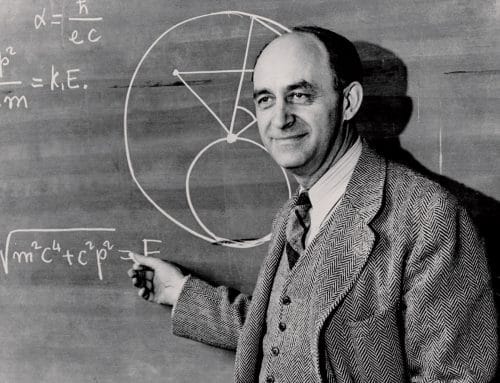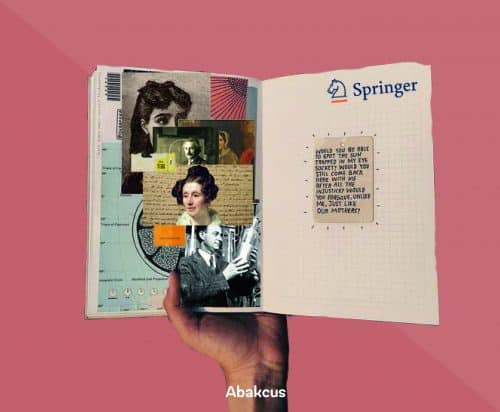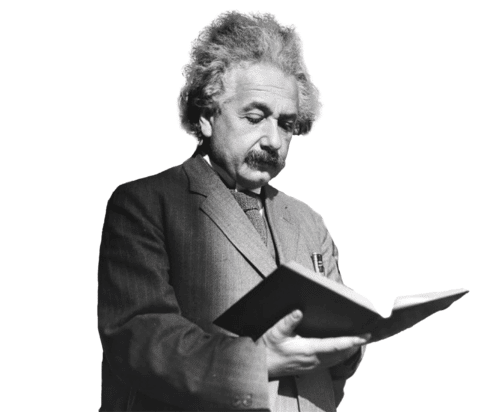It is possible to examine any object—including a brain—at different levels. Take the example of a building. If we want to know whether the house will have enough space for a family of five, we want to focus on the architectural level; if we want to know how easily it could catch fire, we want to focus on the materials level; and if we want to engineer a product for a brick manufacturer, we focus on molecular structure.
Similarly, if we want to know how the brain gives rise to thoughts, feelings, and behaviors, we want to focus on the bigger picture of how its structure allows it to store and process information—the architecture, as it were. To understand the brain at this level, we don’t have to know everything about the individual connections among brain cells or about any other biochemical process. We use a relatively high level of analysis, akin to architecture in buildings, to characterize relatively large parts of the brain.
To explain the Theory of Cognitive Modes, which specifies general ways of thinking that underlie how a person approaches the world and interacts with other people, we need to provide you with a lot of information. We want you to understand where this theory came from—that we didn’t just pull it out of a hat or make it up out of whole cloth. But there’s no need to lose the forest for the trees: there are only three key points that you will really need to keep in mind.














